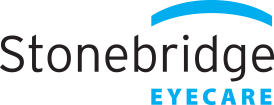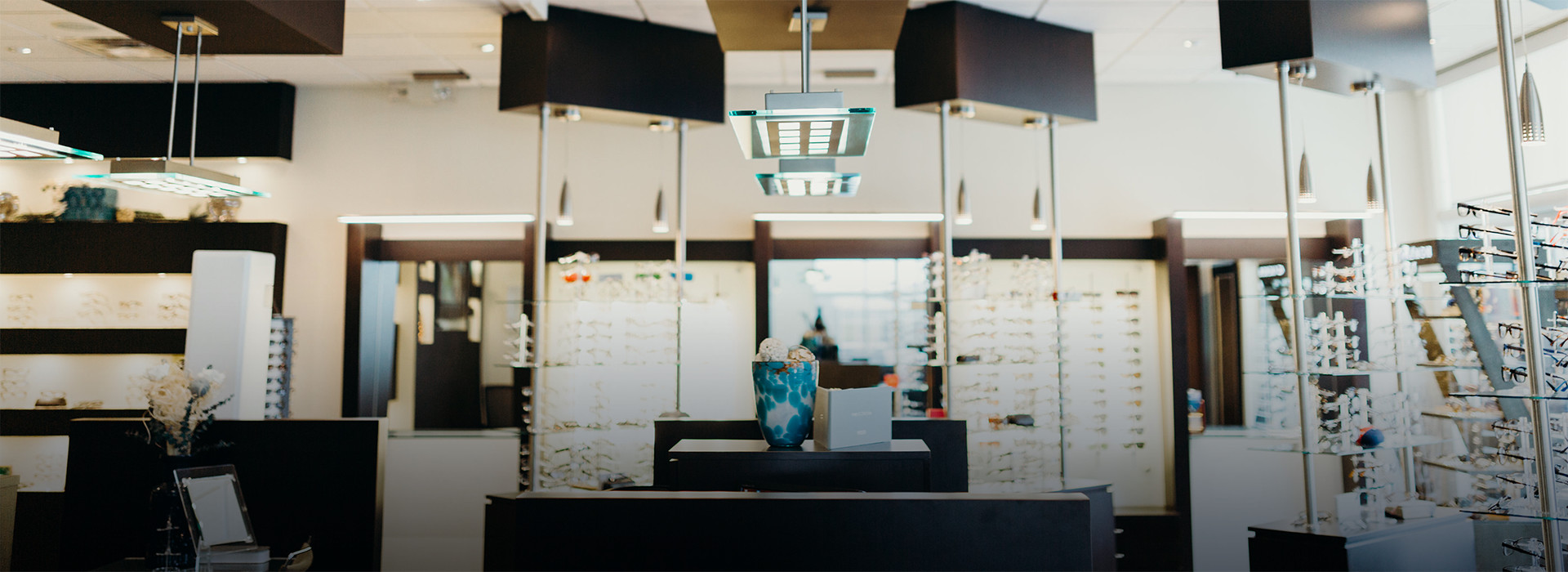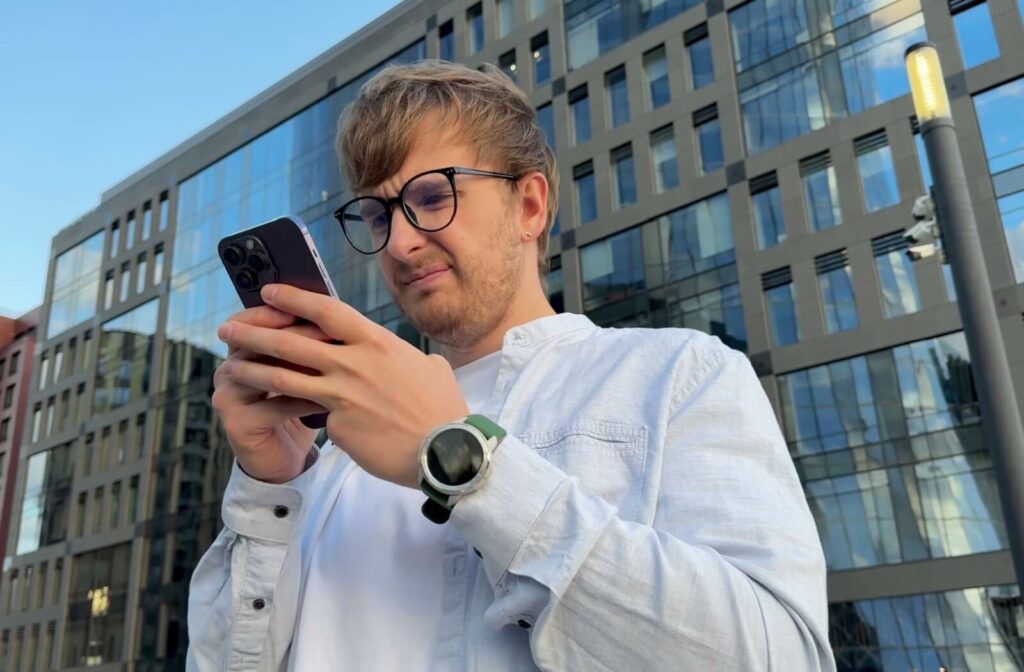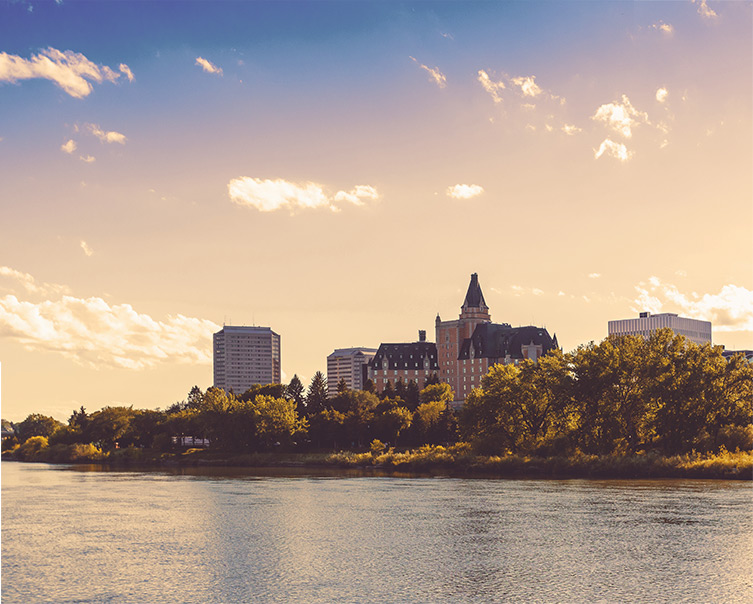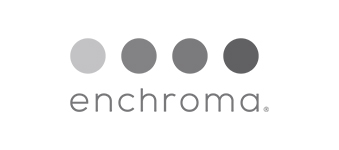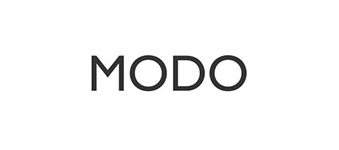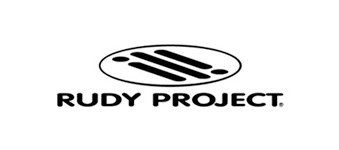Myopia, or nearsightedness, is a common vision condition that affects many people worldwide. Myopia often develops during childhood or adolescence and typically progresses into adulthood, with many patients seeing changes to their prescription as they age.
Many people experience changes in their vision as they grow older. Regular eye exams can monitor the progression of myopia and help manage this refractive error.
Understanding Myopia
Myopia, commonly known as nearsightedness, is a common refractive error. When the eyeball is too long or the cornea is too curved, light focuses in front of the retina instead of directly on it. This makes distant objects appear blurry.
Myopia is often diagnosed during childhood or adolescence. During these years, children’s eyes are still developing, which is why myopia is often first detected at this stage.
A comprehensive eye exam is usually needed to diagnose myopia. During the exam, the optometrist will perform a series of tests to measure how light focuses in your eyes and will assess your ability to see objects at different distances. Myopia can be diagnosed in both children and adults. Early diagnosis in young children, whose eyes are still developing, is important because it allows for timely intervention to help manage the condition and slow its progression.
Myopia tends to run in families, so if you have a family history of nearsightedness, we suggest monitoring your children’s eyes through routine eye exams. While myopia is generally a manageable condition, its progression over time can lead to more severe vision problems, making it essential to stay on top of eye health with regular check-ups.
Does Myopia Progress with Time?
Yes, myopia can progress over time, particularly during childhood and adolescence. This is because the eyes continue to grow and develop during these years, which can cause myopia to progress rather quickly.
For some people, myopia may stabilize in early adulthood, while for others, it can continue to gradually worsen as they age.
The progression of myopia can be influenced by several factors, including genetics and lifestyle. Spending a lot of time focusing on close-up tasks, like reading or using electronic devices, has been linked to an increase in myopia, particularly in children. Regular eye exams are crucial for monitoring the progression of myopia and ensuring that any changes in vision are addressed promptly.
Treating Myopia
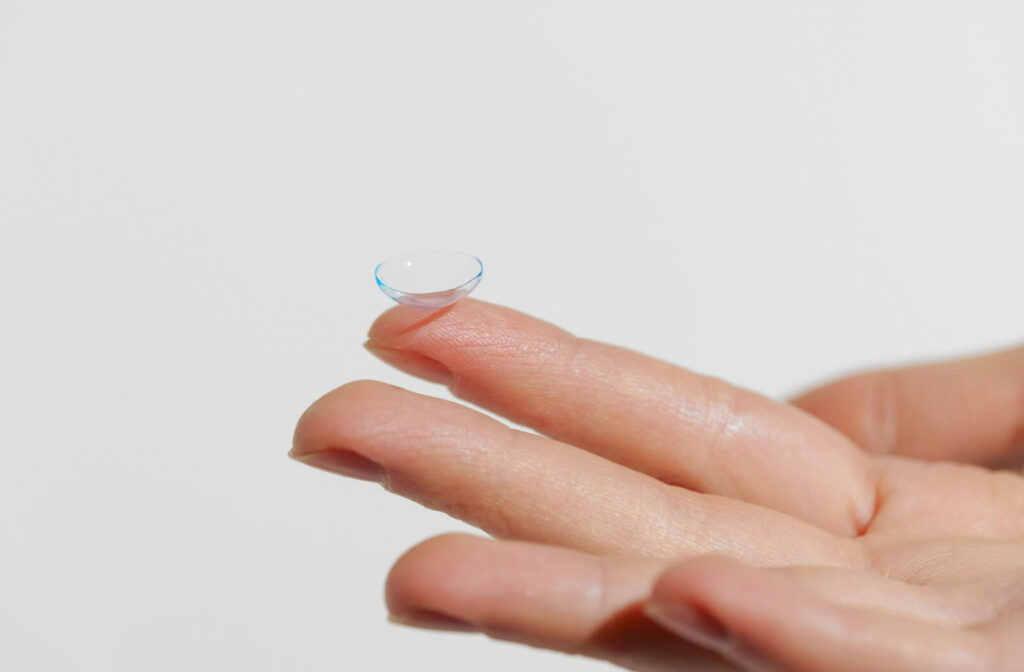
Regular eye exams allow your optometrist to monitor any changes in your vision and adjust your prescription as needed, which helps manage myopia and its progression.
For young children, early detection and treatment can help slow the progression of myopia and reduce the risk of developing high myopia. High myopia can increase the risk of other eye problems such as retinal detachment, glaucoma, and cataracts.
Eyeglasses and contact lenses are the most common treatments, providing clear vision by correcting the way light focuses on the retina. For those looking for a more permanent solution, laser eye surgery reshapes the cornea itself to correct refractive errors.
In recent years, specialized treatments like soft multifocal contact lenses have been used to slow the progression of myopia in children. It’s important to manage myopia not only to provide clearer vision but also to reduce the risk of high myopia, which can have serious implications for long-term eye health.
Regular monitoring and appropriate treatment can help manage myopia effectively and keep your vision healthy.
Symptoms of Myopia in Children & Adults
- Blurred vision when looking at distant objects: A common sign that your myopia may be worsening
- Squinting or straining to see clearly: A compensatory reflex associated with blurry vision, which can lead to eye strain and headaches
- Holding books or electronic devices very close: A common habit in children with myopia as they try to bring objects into clearer focus
- Frequent changes in eyeglass prescriptions: A sign that myopia is progressing and needs regular monitoring
Myopia can also make it challenging to see road signs or hazards in low light. If you have difficulty seeing while driving, especially at night, it might be time to visit your optometrist for a check-up.
Schedule Your Next Eye Exam Today
Managing myopia requires regular eye exams and appropriate treatment to ensure your vision stays clear and healthy. If you or a family member are experiencing symptoms of myopia or have noticed changes in your vision, contact Stonebridge Eyecare today. Our team is here to provide expert care and help you maintain the best possible vision at every stage of life.
Schedule your eye exam today and take the next step in protecting your eye health.
